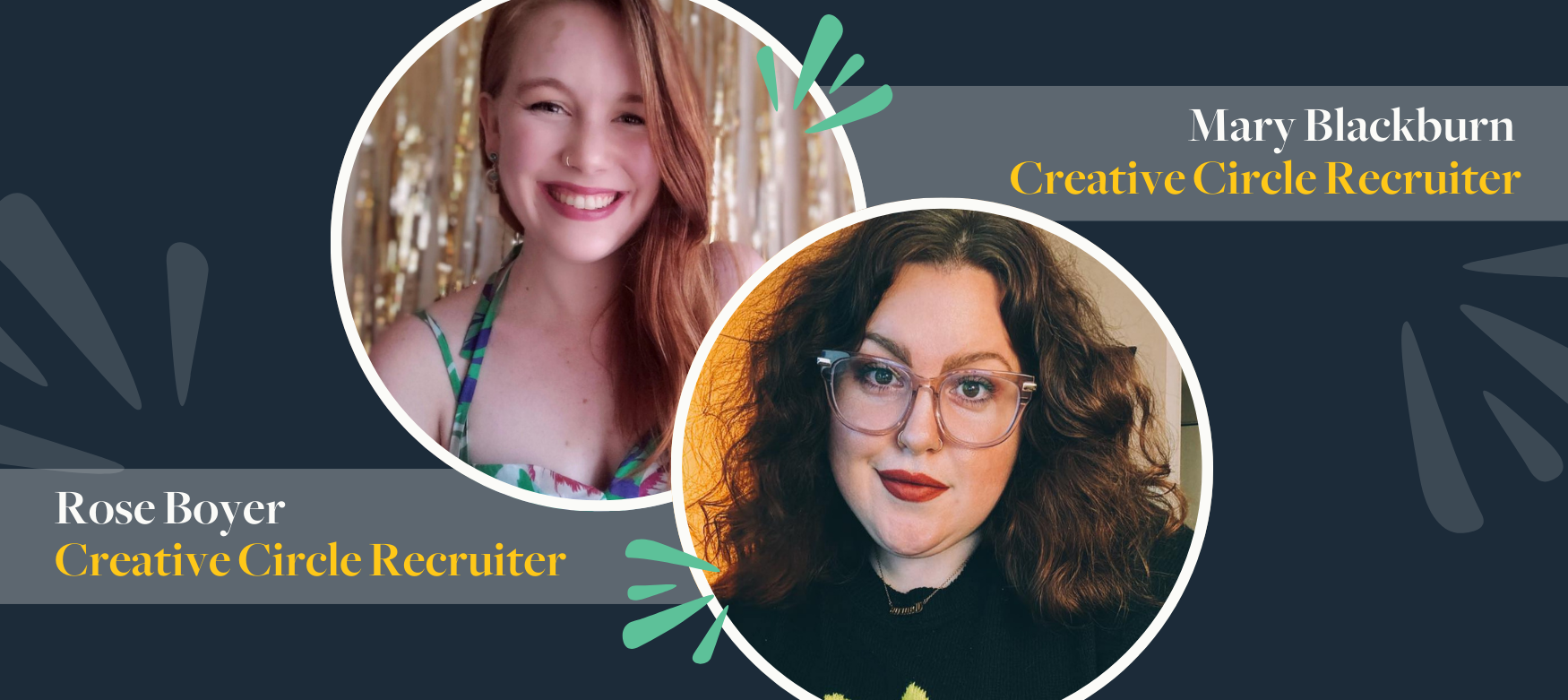Lisa, a socially conscious handbag designer, found Barry through Instagram. Lisa was impressed with Barry’s work so much, that she wanted to hire him to work on her branding. She filled out the new client survey on his website and things took off from there. Of course, they came across some design differences but Lisa thought she was clear about her wishes. Things were going great until Lisa received the first proofs for her branding. She hated it! Was Barry not listening to her needs at all? Lisa reached out to Barry because she felt like he clearly didn’t understand her vision. She spent way too much money to end up with a product she did not ask for. Enter, conflict.
There will be times when you and your client will not see eye to eye. If perfect situations existed, everyone would be happy and conflict would not be an issue. Unfortunately, sometimes, situations between client and consultant, can become tense. Conflict isn’t a bad thing, though. Because we are all human with unique personalities and temperaments, we will disagree. In fact, if we really think about it, most conflict is purely based off of our misunderstandings. It’s not about having conflict, it’s about how we resolve conflict.
Clarity is the difference between your client being pissed off at you for not doing as you were told and them praising you for listening and making adjustments based off of those words.
What happens when client and freelancer do not have clarity? When conflict is left unresolved, the quality of work suffers. Unresolved conflict with a client leads to decreased productivity, stress, poor communication, overall unhappiness with the project, among a host of other things. How you deal with these moments of conflict make a world of difference.
The good news is, negative conflict can be resolved. If you are someone who hates conflict, whether good or bad, here are seven steps you should consider to resolve them when they arise.
1. Analyze the situation.
Is what you’re experiencing something that needs to be addressed or can it be let go? Sometimes an issue really isn’t an issue. Have a chat with yourself. Is it all in your head? Once you’ve confirmed that the issue does need to be addressed, you move forward.
2. Address the situation quickly.
Nothing sucks more than when both client and freelancer knows there’s an issue, but no one addresses the elephant in the room. After you’ve identified the problem, approach your client (preferably in person or over the phone) about the situation. The longer you wait to address an issue, the worse it will get.
3. Don’t speak when you’re angry.
When you and a client have come into conflict, emotions may come up that can prevent you from speaking rationally. If it helps, write out bullet points you want to address. Go a step further and write everything out in speech form. Have someone proofread it for offensiveness.
4. Seek to understand.
If you think you’re always right, you’re wrong. Have you considered the other party’s perspective? Put yourself in their shoes. Listen to them. Try to understand their frustration.
5. Ask questions.
If something is not crystal clear to you, speak up. Do not move forward with a project if you’re unsure about the scope of work. And along the way, they may find that their expectations aren’t being met. Find out why and what you can do to remedy the situation.
6. Show some respect.
Whether you agree with someone or not, the least you can do is respect their opinions. Everyone wants to be heard. No one wants to feel as though they do not have that simple right. You gain respect by being respectful. Keep it professional.
7. Don’t play the blame game.
No, the customer isn’t always right but there is a way to resolve a problem by including yourself in the solution. Maybe the misunderstanding was on their part, which led to you not creating the product they wanted. Instead of saying, “Well, you told me to do this,” try, “Here’s the problem and here’s how we’re going to solve it.”
Lisa was unhappy with the product she received, so Barry called her, apologized for the misunderstanding, listened to her needs and offered several solutions to resolve the problem. He remained professional and ended his project with a happy customer.
Conflict is inevitable. Finding ways to effectively communicate needs and meeting expectations in the relationship is vital. Not every situation results in a happy ending but if you make the effort to resolve conflict the right way, you’re sure to have better client relationships in the future.
Lucy is a former Creative Circle candidate in Atlanta. She is a freelance writer and visual storyteller. When she’s not writing, she’s most likely exploring new restaurants around town, traveling, taking pictures or reading blogs dedicated to SELF – awareness, development/discovery and expression. If you are interested in working with someone like Lucy, contact your nearest Creative Circle office.



